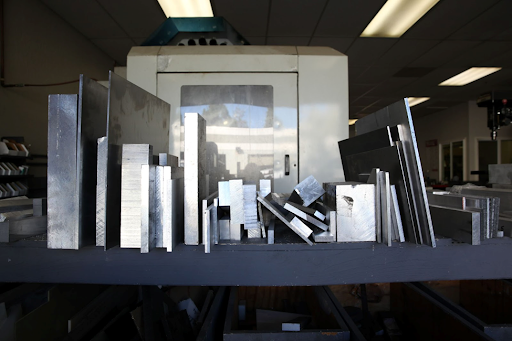Polycarbonate FAQs
Can you CNC polycarbonate?
Polycarbonate (PC) is a tough, transparent thermoplastic with high impact and heat resistance. Polycarbonate is one of the most commonly machined materials. is one of the most recycled plastics on the planet.
What is machine-grade polycarbonate?
Machine-Grade Polycarbonate is an amorphous thermoplastic, transparent and possessing high impact strength and exceptional dimensional stability. It is often used for structural applications where transparency and superior impact strength and rigidity are essential. Machine grade polycarbonate is stress relieved, making it ideal for close tolerance machined parts. Its low moisture absorption rate and its chemical resistance makes machine-grade PC extremely versatile as an engineering material and allows for its use in an abundance of industrial applications.
Is polycarbonate better than acrylic?
Polycarbonate is stronger than acrylic and has 250X the impact resistance of standard glass. Polycarbonate is ideal for highly demanding applications due to it’s higher resilience, as compared to acrylic. Acrylic is also easier to crack, while polycarbonate is easier to scratch.
What is polycarbonate plastic used for?
Polycarbonate is one of the most common plastics used in manufacturing. Its high strength and light weight are valued for making shatterproof windows, eyeglass lenses, CDs, DVDs, mobile phones, and more. It’s most famous examples of uses for the material are first-generation MacBook laptops, safety goggles, and optical disks.

